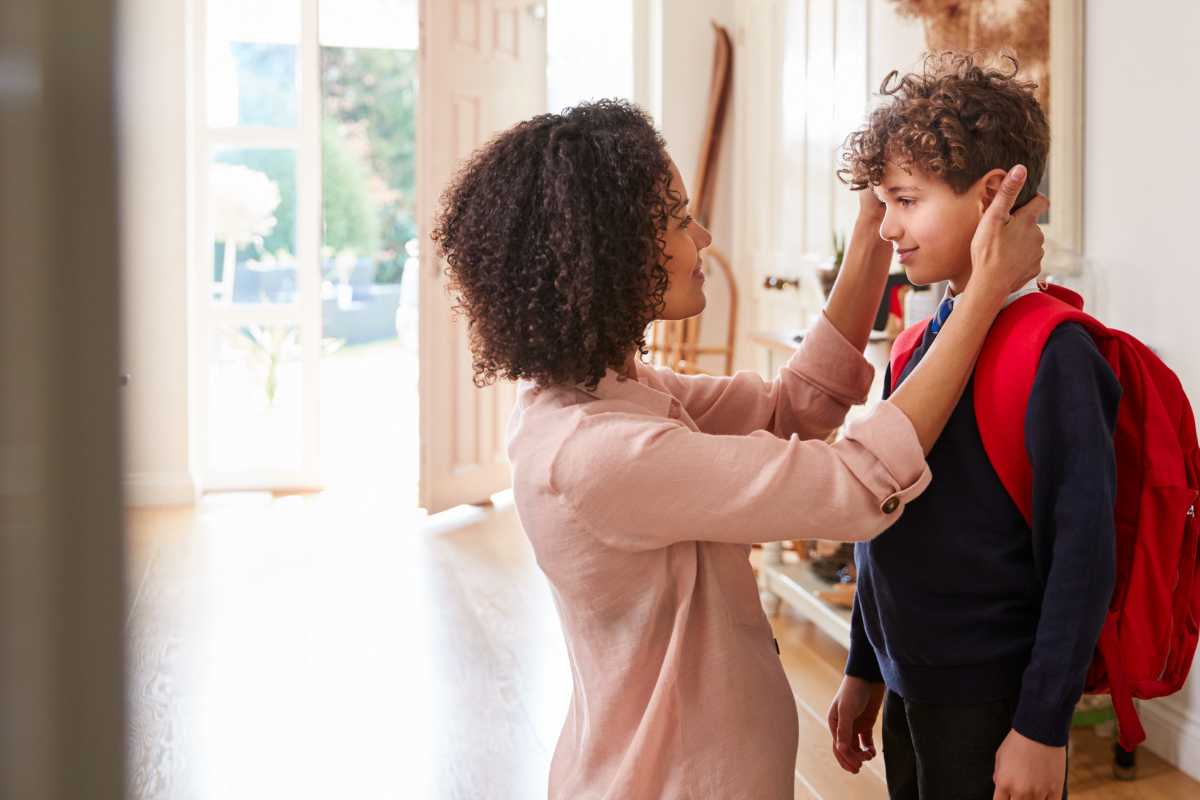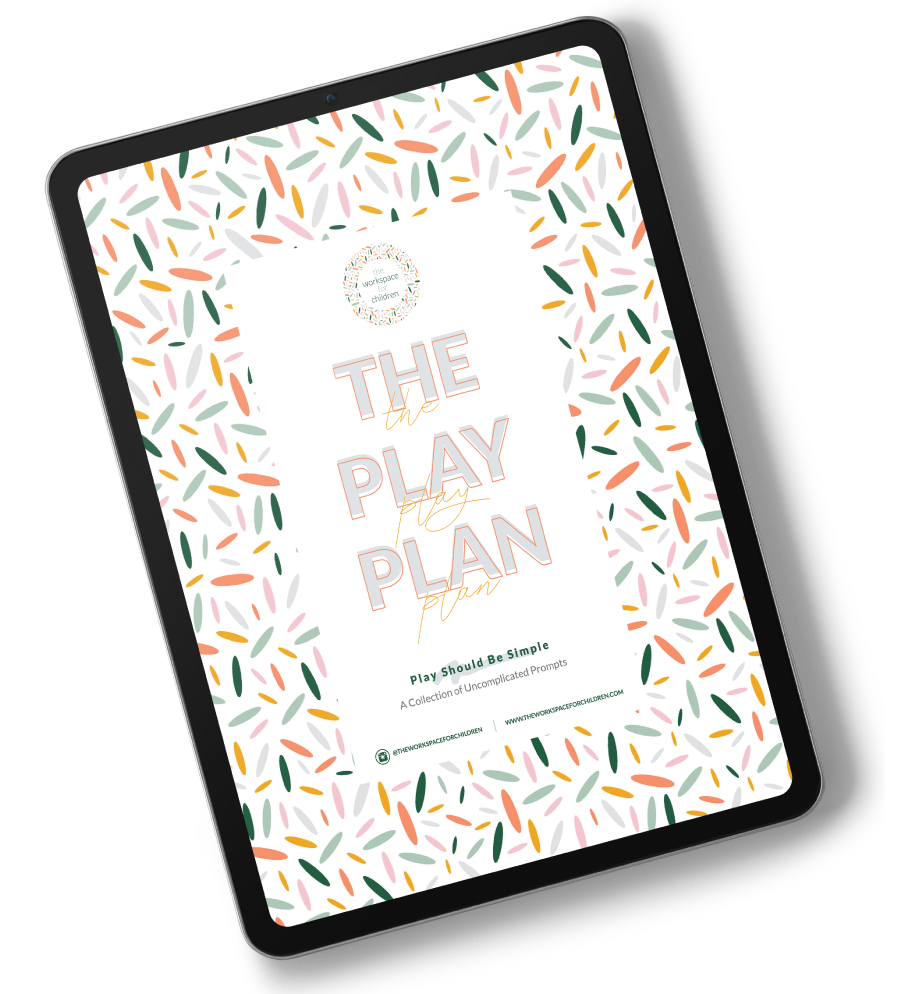Here they come… I saw one, and then, like an avalanche, my inbox flooded.
/Here come the back-to-school campaigns… I saw one, and then, like an avalanche my inbox flooded.
It is firmly mid-summer here on the north shore of Boston. I’m still in that blissful fog where I don’t even know when the first day of school will be. (Wait, I just checked. We start 9/3. I wish I stayed in the fog.) My youngest is headed to sleepaway camp next week, and we haven’t done any summer travel yet!This collapse can be completely normal. School is exhausting and it can only be expected that your child may have a meltdown as soon as you pick them up.
Despite my personal agenda not to rush the fall, I know from my DMs that it is time to start supporting you with back-to-school content.
Despite my personal agenda not to rush the fall, I know from my DMs that it is time to start supporting you with back-to-school content.
One of my biggest fears when my oldest child was starting preschool was that he’d pee his pants. I don’t know why that plagued me- he happened to be potty trained, and I’m a former preschool teacher, so I know that peeing your pants is a completely normal occurrence. But there I was, afraid my little guy would pee his pants because he didn’t know where the potty was or he had trouble pulling his pants down.
If you, like me, have fears about your child using the bathroom at preschool, know this:
Your teacher will not judge you or your child for having a bathroom accident. It is developmentally appropriate and it happens all the time.
Tell your child ahead of time that if they have a bathroom accident, they can ask a grownup for help, and that no one will be upset with them.
Pack extra clothes and some wipes in your child’s backpack. Let them help you put it in the bag, and show them what’s there. Even if they need help from an adult, this will help them feel confident, prepared and part of the process should they need their extra clothes.
When you drop your child at school the first day, ask the teacher to show you and your child where the bathroom is. You can even pretend you need to go so that you can get a good look around inside with your child.
Button-fly jeans, while adorable, can lead to a pee-your-pants moment for a four-year-old. Instead, opt for pull-on pull-off pants for preschool and save the cute outfits for the weekends.
Inside A Parent’s Handbook For Starting School is a section on dressing your children to maximize independence, along with 10 things to do if you are anticipating a hard drop-off, how to use play to prep your child before school starts, how to make goodbyes easier, and more.
Forget teaching your child their ABCs prior to school starting. Instead, focus on maximizing their independence skills. Or, do nothing because if your child is starting preschool, their teacher should be able to help them with whatever they need. The following tips are meant to help you feel more empowered, but if you choose to just play the rest of summer instead, I back it one hundred percent!
Here are a few other tips:
Practice zipping coats in a no-pressure environment. Instead of saying, "Let's practice zipping. You'll need to know how for school!" Try giving them their jacket while they are watching TV and let them practice zipping it on and off. Or let them try zipping and unzipping your hoodie when you’re waiting on line. Note: your child doesn’t need to zip before they go to school, this is just an example of ways to build independence.
If they can't tie shoes, don't send them in shoes that tie. Velcro is perfectly fine or I just saw this clever hack if you want them to wear tie shoes before they can tie. If you love Velcro, I am obsessed with these Velcro kicks. They are inexpensive, stand up to lots of wear and tear, and are so stinkin' cute.
If you are sending a lunch box, start using it now. Pack it up and eat out of it at home. Make it fun. Resist the temptation to say something like, “You have to learn how to use this lunch box!”, instead, try saying, “I am excited about your new lunch box, are you? Let’s use it at home!.” Using it at home will not only help them feel more confident using it at school, but it will also help them recognize which lunch box is theirs!! When I was a teacher, I couldn’t even count how many kids had no clue which lunch box was theirs when they saw them out on the table on the first day of school.
Play about school. If you have a dollhouse and a school bus or some cars and people or animal figures, pull them out. Set them in your kitchen or living room. Don’t say, “Let’s play school!”, just set it out. Allow your little one to play whatever they want. As school gets closer and then starts, you’ll start to see them working through themes of school entry and separation. You’ll also get a glimpse into their day! Any dollhouse or school bus will do, but here are some examples.
Make back-to-school shopping EASY with our much-anticipated Back to School 2024 Roundup. We have everything from the best lunch boxes to backpacks, t-shirts, and footwear. Find it here.
If you haven’t taken our free Play Personality Quiz yet, don’t wait! Discover your child’s play personality and unlock the door to their independent play today.
As we dive head first into back-to-school season, please remember this: You do not have to eliminate your child's back-to-school anxiety. It's normal to feel both excited and nervous about new experiences. Your role is to support your child through these emotions, not shield them from tricky feelings. Help build their confidence by taking small, practical steps toward self-trust.
Please reply and let me know how I can help you this back-to-school season.
x. Lizzie
PS Next week, I'm sharing an interview with sleep expert Rachael Shepard-Ohta, founder of Hey Sleepy Baby. She'll be tackling your questions on establishing healthy back-to-school sleep routines for kids of all ages. Stay tuned!
CHECK OUT OUR EBOOKS!
THE PLAY PLAN
The Play Plan is an ebook containing play invitations that are easy to set up, inexpensive, and apply children of all ages. The 25 play prompts are divided into five categories and use items that you most likely already have at home. These play prompts consider children of all ages, all developmental stages, and all learning capabilities. Each prompt can be tailored to fit your unique child’s needs. Play is meant to be simple.







Your child isn't just playing—they're building their brain in ways that matter most. Read this post to learn how to respond when others question this essential part of childhood.